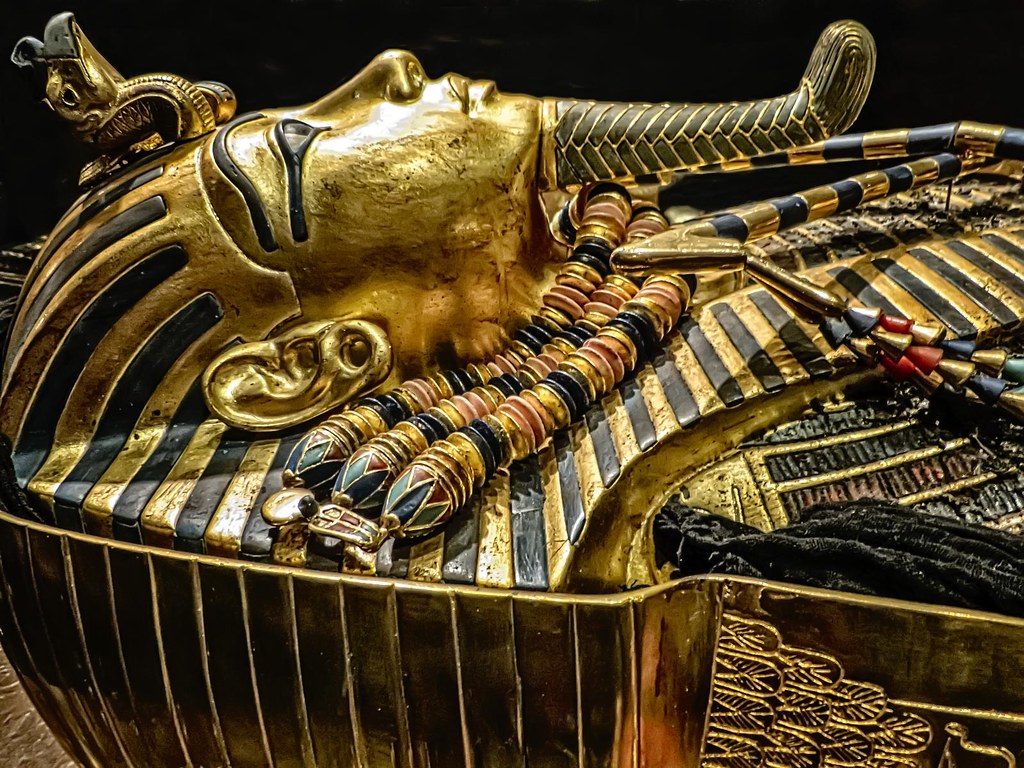Unveiling The Mystique Of Tuts Mummy: A Journey Through Time
The world of ancient Egypt is filled with wonders and mysteries that have fascinated historians, archaeologists, and the curious minds alike. Among these treasures, Tuts Mummy stands as a symbol of the grandeur of the pharaohs and the complexities of their burial rituals. This remarkable artifact not only sheds light on the life and times of its owner, the young pharaoh Tutankhamun, but also serves as a gateway into understanding the rich tapestry of Egyptian civilization.
Discovered in 1922 by the British archaeologist Howard Carter, Tuts Mummy quickly became one of the most significant archaeological finds in history. The tomb, located in the Valley of the Kings, was found nearly intact, filled with exquisite artifacts, gold treasures, and, of course, the mummy itself. The condition of Tuts Mummy has sparked countless studies and debates among experts, highlighting the significance of this find in the field of Egyptology.
As we delve deeper into the story of Tuts Mummy, we will explore various aspects of Tutankhamun's life, the circumstances surrounding his untimely death, and the cultural implications of his burial. Join us on this fascinating journey as we uncover the layers of history that make Tuts Mummy a timeless emblem of an ancient world.
What is the Biography of Tutankhamun?
Tutankhamun, often referred to as King Tut, was an Egyptian pharaoh who ascended the throne at a young age. His reign, though relatively short, has captured the imagination of many due to the opulence of his tomb and the mysteries surrounding his life and death.
| Personal Details | Bio Data |
|---|---|
| Name: | Tutankhamun |
| Birth: | c. 1341 BC |
| Death: | c. 1323 BC |
| Reign: | c. 1332–1323 BC |
| Father: | Amenhotep IV (Akhenaten) |
| Mother: | Unknown (possibly a sister of Akhenaten) |
| Tomb Discovery: | 1922 by Howard Carter |
What Happened to Tuts Mummy After His Burial?
The journey of Tuts Mummy did not end with his burial. Following the pharaoh's death, his mummy was prepared according to the elaborate rituals of ancient Egypt, which included embalming and wrapping in linen. However, the story took a twist when the tomb was discovered in the early 20th century.
Why is Tuts Mummy Significant in Archaeology?
Tuts Mummy is significant not only for its historical value but also for what it reveals about the burial practices of the time. The tomb contained over 5,000 artifacts, including jewelry, chariots, and everyday items, reflecting the wealth and belief systems of ancient Egypt. The discovery has provided invaluable insights into the lives of the pharaohs and the rituals associated with death and the afterlife.
What Were the Findings Related to Tuts Mummy?
- Gold Mask: The iconic death mask of Tutankhamun, made of gold and inlaid with precious stones, has become a symbol of ancient Egypt.
- Ankh Symbol: The ankh, a symbol of life, was found among the artifacts, highlighting the pharaoh's connection to the divine.
- Chariots: Several chariots were discovered, indicating the importance of transportation in the afterlife.
- Potions and Oils: Various embalming materials were found, which were believed to assist the pharaoh in the afterlife.
How Did the Discovery of Tuts Mummy Impact Popular Culture?
The discovery of Tuts Mummy had a profound impact on popular culture, sparking a renewed interest in ancient Egypt and its mysteries. Exhibitions of the artifacts found in the tomb have toured the world, captivating audiences and inspiring countless works of art, literature, and film.
What Are the Theories Surrounding Tutankhamun's Death?
The circumstances of Tutankhamun's death remain a topic of debate among scholars. Various theories have emerged, including:
- Accident: Some believe he may have died from a chariot accident due to injuries found on his mummy.
- Murder: Others speculate that he may have been murdered, possibly due to political intrigue.
- Illness: There are theories suggesting that he succumbed to malaria or other diseases.
Why Is Tuts Mummy Still Relevant Today?
Tuts Mummy continues to hold relevance in today's world as it serves as a reminder of the rich history of ancient civilizations. It invites ongoing research, allowing us to learn more about human history, culture, and the human condition. The fascination with Tuts Mummy also encourages preservation efforts for archaeological sites and artifacts, ensuring that future generations can appreciate and learn from these treasures.
What Legacy Did Tuts Mummy Leave Behind?
The legacy of Tuts Mummy is multifaceted. It has not only changed our understanding of ancient Egyptian culture but has also influenced how we view archaeology and preservation. The excitement surrounding its discovery has inspired generations of archaeologists and historians, fueling a passion for uncovering the past.
In conclusion, Tuts Mummy is more than just an archaeological find; it is a window into a world that once was, a world filled with grandeur, mystery, and a profound connection to the afterlife. As we continue to explore the layers of history surrounding Tuts Mummy, we are reminded of the enduring human quest for knowledge and understanding, transcending time and culture.
Discovering Synonyms For Witty: A Linguistic Adventure
Unraveling The Enigma Of Misty: Who Is She?
Nalsan Mandala: The Intricate Journey Of A Unique Art Form


